Stuff
I enjoyed a great morning with battling Long-billed Curlews and an amazing afternoon with bathing gulls and another killer sunset right behind Bird Sh*t Rock. I spend tomorrow with Bill Goodhew and Dwayne Marrott and then meet the Canon group at 7:00pm.
This blog post took about 2 hours to prepare and was published at 9:20pm from my hotel room in Morro Bay, CA.
Please Remember to use our Affiliate Links 🙂
To show your appreciation for my continuing efforts here, we ask, as always, that you use our the B&H and Amazon affiliate links on the right side of the blog for all of your purchases. B&H is recommended for you major photography gear purchases, Amazon for your household, entertainment, and general purpose stuff. Please remember: no phone orders: web orders only!
Please check the availability of all photographic accessories in the BIRDS AS ART Online Store, especially the Mongoose M3.6 tripod heads, Gitzo tripods, Wimberley heads and plates, LensCoats and accessories, and the like. We sell only what I have used, have tested, and can depend on. We will not sell you junk. We know what you need to make creating great images easy and fun. And we are always glad to answer your gear questions via e-mail.
I would of course appreciate your using our B&H affiliate links for all of your major gear, video, and electronic purchases. For the photographic stuff mentioned in the paragraph above we, meaning BAA, would of course greatly appreciate your business. Here is a huge thank you to the many who have been using our links on a regular basis and visiting the BAA Online store as well.
|
This image was created on the afternoon of March 18, 2015 just north of Morro Bay with the hand held Canon EF 100-400mm f/4.5-5.6L IS II USM lens (at 400 mm) and the amazing Canon EOS 7D Mark II. ISO 400. 1/4000 sec. at f/5.6 in Manual mode. AWB. Zone/AI Servo/Shutter Button AF as framed was active at the moment of exposure (as is always best when hand holding). It selected three AF points that covered the breast and the base of the bird’s left wing, all on the same plane as the eye. Click on the image to see a larger version. Image #1: Western Gull bathing |
Bathing Photography Strategies
Tight for Drama and Spray
The first temptation when photographing bathing birds is to zoom in or get closer to create tight dramatic images with lots of water droplets flying and sharp detail on the bird’s face. The problem there is that when the bird flaps it is close to impossible to either move back or to zoom wider unless you are able to read the behavioral clues that let you know that a flap is coming. Some birds bathe and bathe for so long that you are positive that a flap is never coming. Then, when you finally let your guard down they jump up and flap and flap. On the day that I made this image I clipped the wings on more than a few flapping Western Gulls when I failed to zoom wide enough….
|
This image was created on the afternoon of March 18, 2015 just north of Morro Bay with the hand held Canon EF 100-400mm f/4.5-5.6L IS II USM lens (at 278 mm) and the amazing Canon EOS 7D Mark II. ISO 400. Evaluative metering -1/3 stops: 1/3200 sec. at f/5.6. Color temperature: AWB. Center AF point/AI Servo Expand/Shutter Button AF as originally framed was active at the moment of exposure (as is always best when hand holding). This image is a small crop from below and behind. Click on the image to see a larger version. Image #2: Long-billed Curlew flapping after bath |
Bathing Photography Strategies
Wide for the Wing Flaps
If you want to get a great flapping after bath image the very best strategy is to stay back and/or to stay zoomed out. At all costs, resist the urge to get closer or zoom in. And if you are using a zoom lens, it is best to zoom a lot wider than you anticipated to avoid clipping any wingtips. If you find yourself clipping the wingtips when photographing gull flapping after their baths, you might try going vertical.
Exposure Question
Why only 1/3 stop difference in the two exposures here?
|
The strange thing is that when I lived in New York, I never knew about this amazing and consistently productive location. |
Nickerson Beach/JBWR (possibly…)/Black Skimmer/Oystercatcher/migrant shorebird IPT: August 13-16, 2015. 4 1/2 DAYS: $1399.
Meet and greet on the evening of WED August 12. Limit 10/Openings 9.
Most of our seven photo sessions will be spent at Nickerson beach photographing the nesting Black Skimmers. In flight, sometimes battling. Carrying fish. Chicks of varying sizes from a very few just-hatched to lots of fledglings. It is likely that we will get to see some Great Black-backed Gulls preying on the juvenile skimmers. They swallow them whole. There will be lots of gulls to photograph as well as some Common Terns. Locally breeding shorebird species include American Oystercatcher–pretty much guaranteed, Willet, which is likely, and Piping Plover, which is probable but we need to get lucky with those to get close….
If local conditions are ideal we may visit Jamaica Bay Wildlife Refuge to photograph southbound migrant shorebirds on one or possibly two mornings. Even if we do not visit JBWR we should get some good chances with the migrant shorebirds at the beach, especially Sanderling and Semipalmated Plover. Red Knot and others are possible.
Save a space by calling Jim or Jen at the office and arranging to leave your deposit of $499. I hope to see you there.
|
As you can see, the oystercatchers are quite tame at Nickerson. And we will get you up early and we will stay out late. |
Jamaica Bay Wildlife Refuge In-the-field Instructional Photo Workshop/Scouting Session. August 12, 2015. Morning only: $250. Cheap!
The tide will be pretty good at the East Pond…. If I learn that conditions there are un-photographable we will do Nickerson Beach as a back-up. This will work either as an add-on for out of town folks coming for the IPT above or as a stand alone session. Either way, you will, as always, learn a ton. And we might even get some good images.
Used Photography Gear for Sale
You can see all of the currently listed items by clicking here or at any time by clicking on the Used Photography Gear for Sale tab, the last item on the lower row of yellow-gold tab bars near the top of each blog page.
Be sure to like and follow BAA on Facebook by clicking on the logo link upper right. Tanks a stack!
Support the BAA Blog. Support the BAA Bulletins: Shop B&H here!
We want and need to keep providing you with the latest free information, photography and Photoshop lessons, and all manner of related information. Show your appreciation by making your purchases immediately after clicking on any of our B&H or Amazon Affiliate links in this blog post. Remember, B&H ain’t just photography!
Amazon.com
Those who prefer to support BAA by shopping with Amazon may use this link:
Amazon Canada
Many kind folks from north of the border, eh, have e-mailed stating that they would love to help us out by using one of our affiliate links but that living in Canada and doing so presents numerous problems. Now, they can help us out by using our Amazon Canada affiliate link by starting their searches by clicking here. Many thanks to those who have written.
Typos
In all blog posts and Bulletins, feel free to e-mail or to leave a comment regarding any typos or errors. Just be right :).

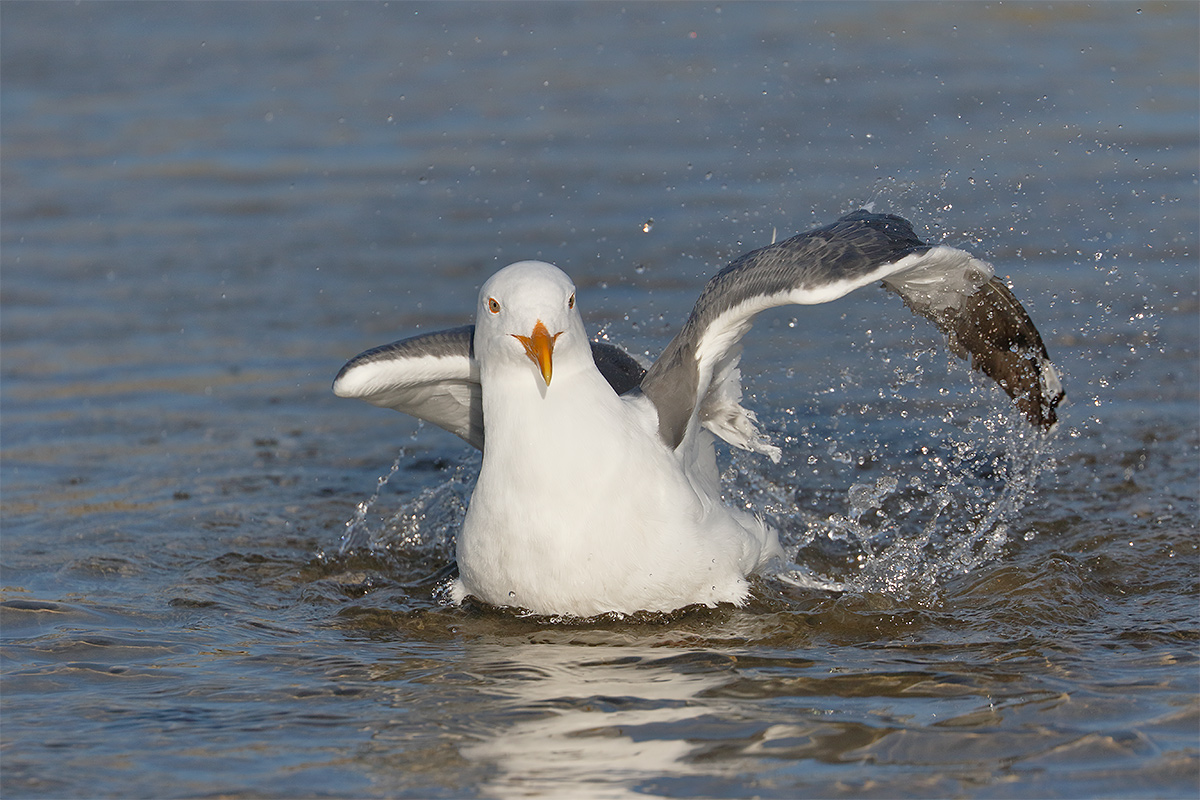
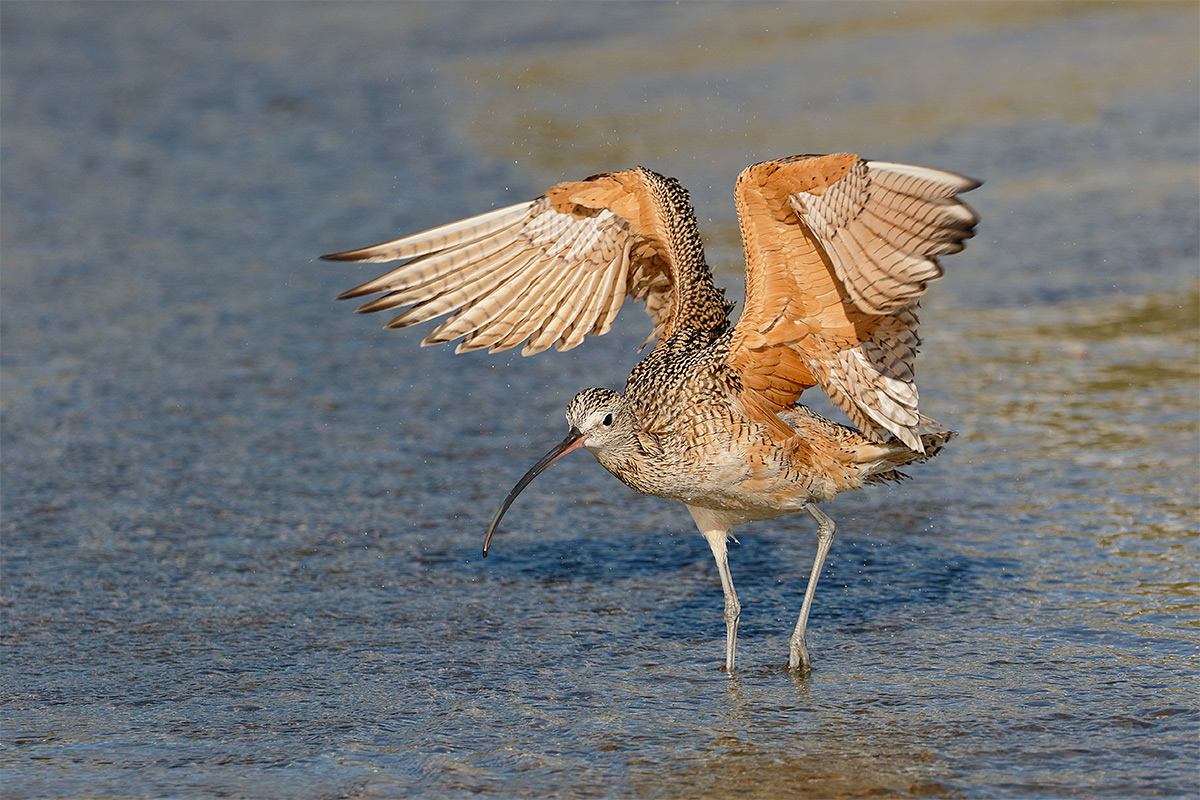
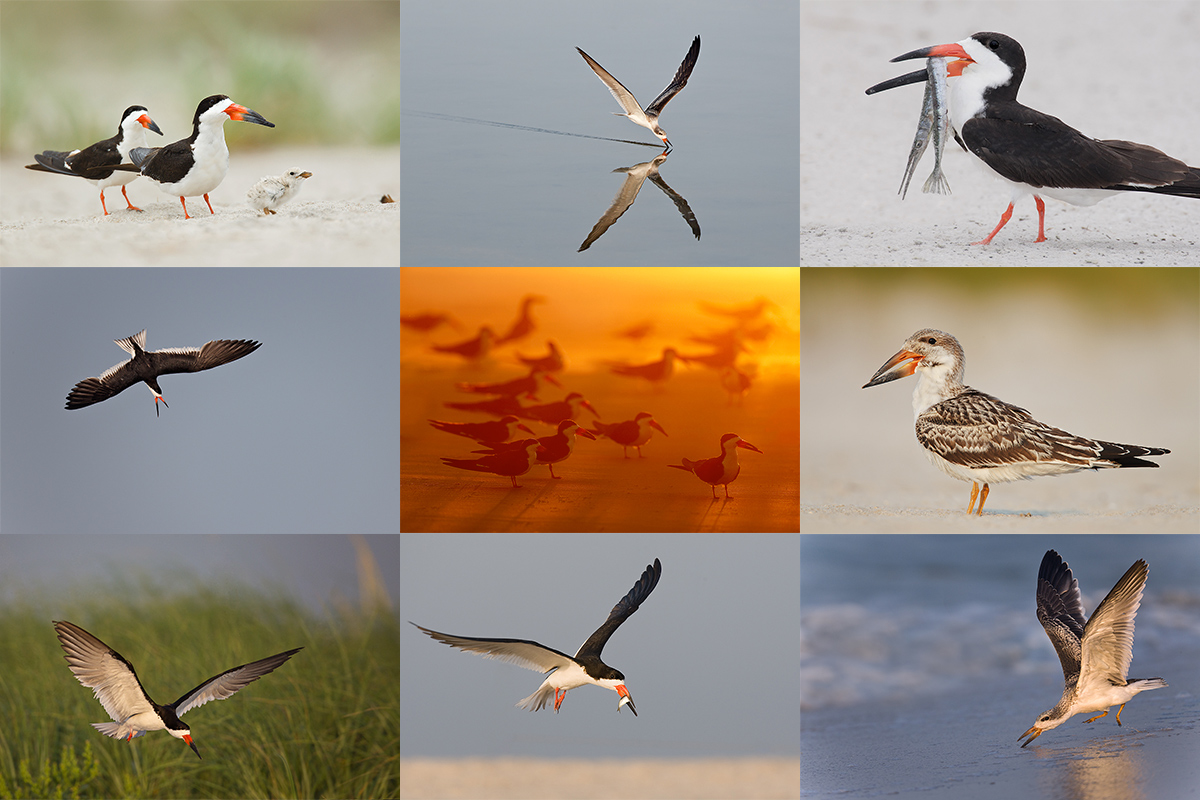
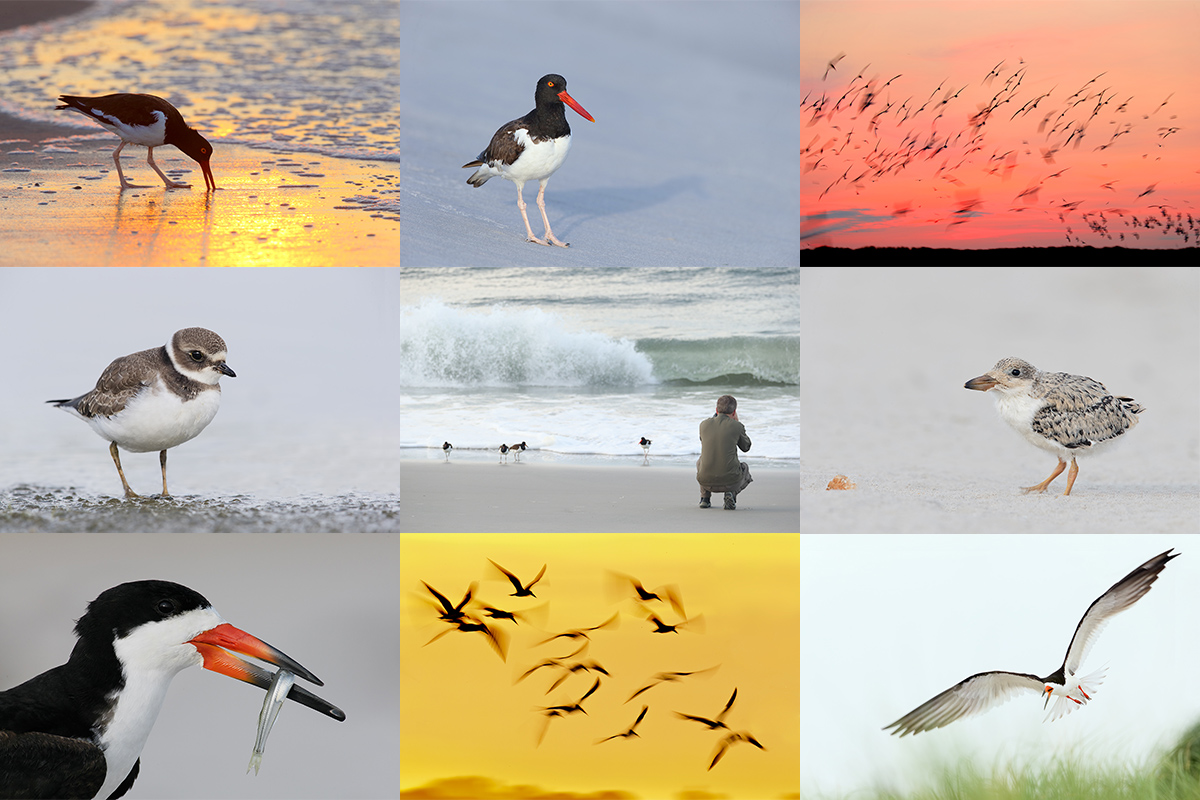
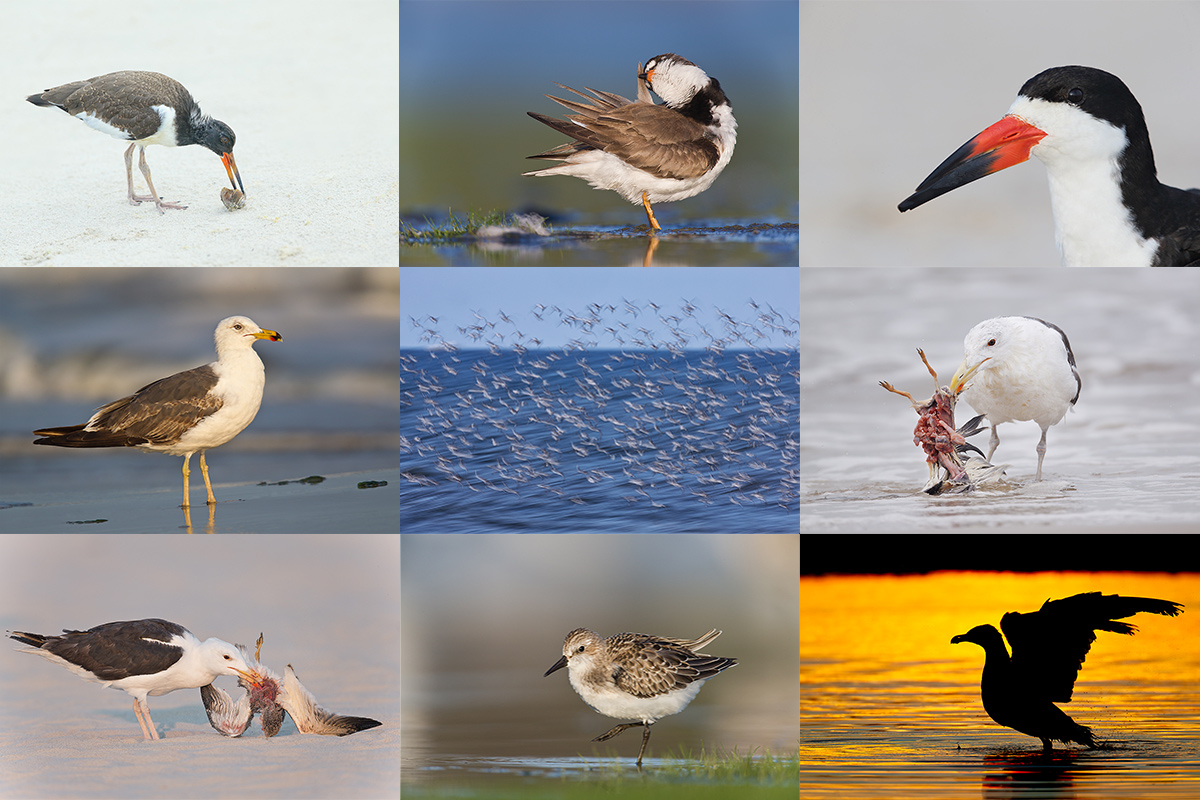













Thanks Tim. You are on the right track, but…. In most cases, you would expect the difference in exposure for a bright white subject and a basically brown subject to be right at about one full stop. The question here is why is the difference only 1/3 stop…. artie
I’m guessing the EV difference is due to the whites in the gull.